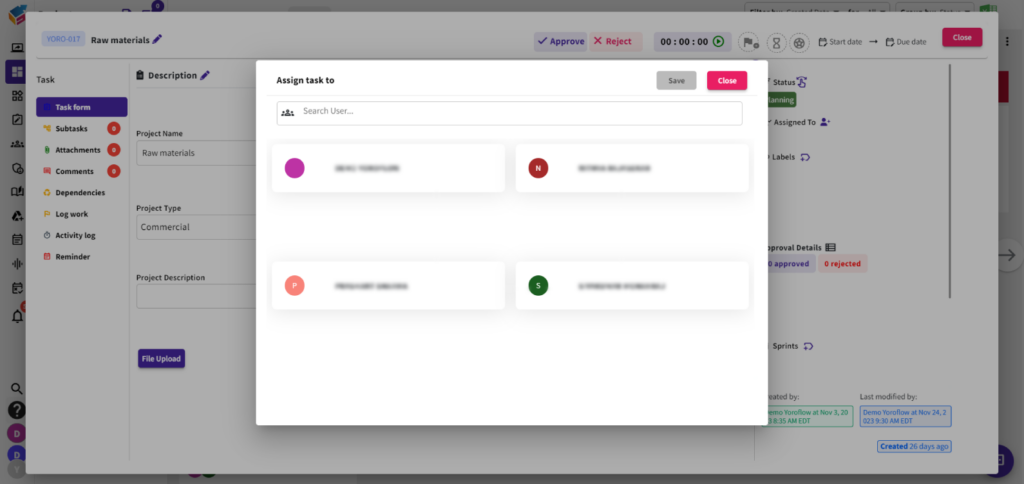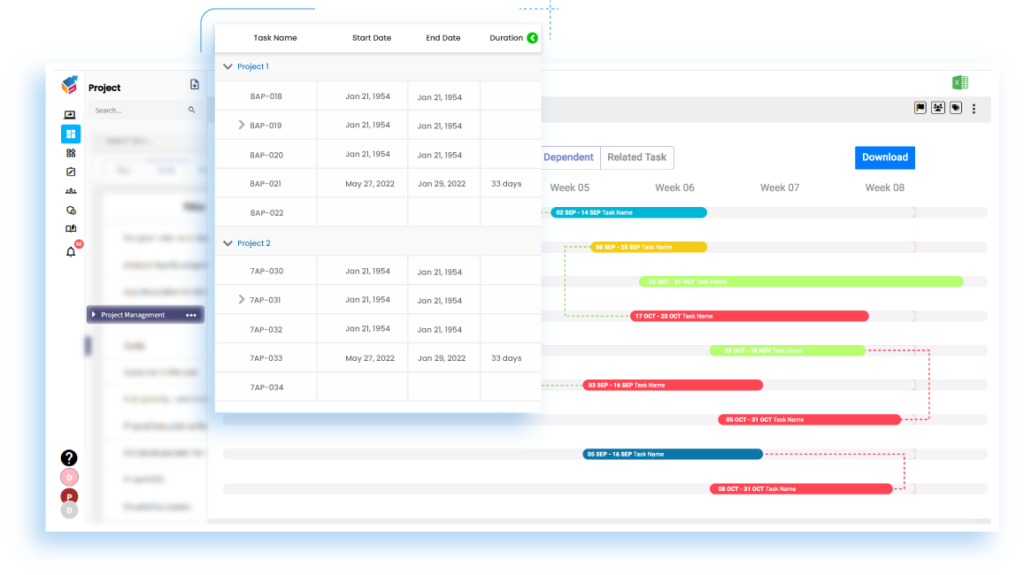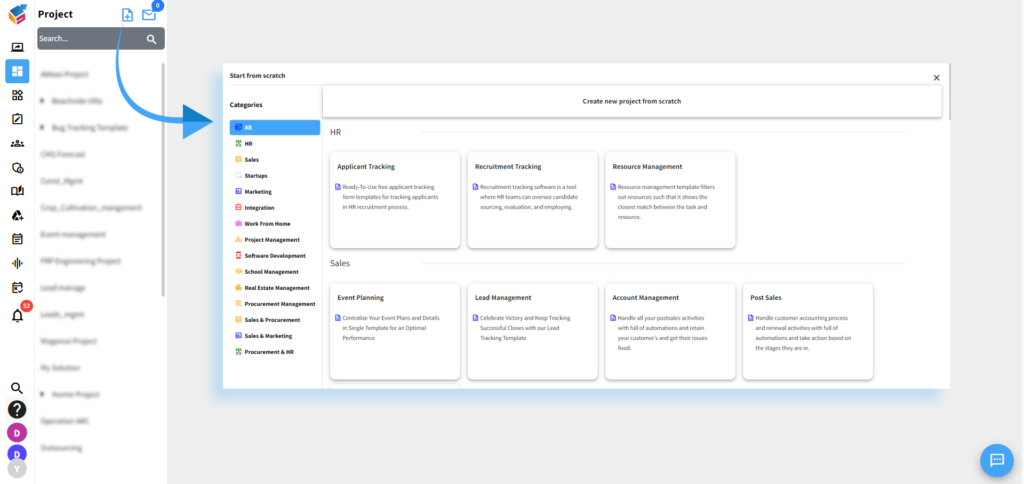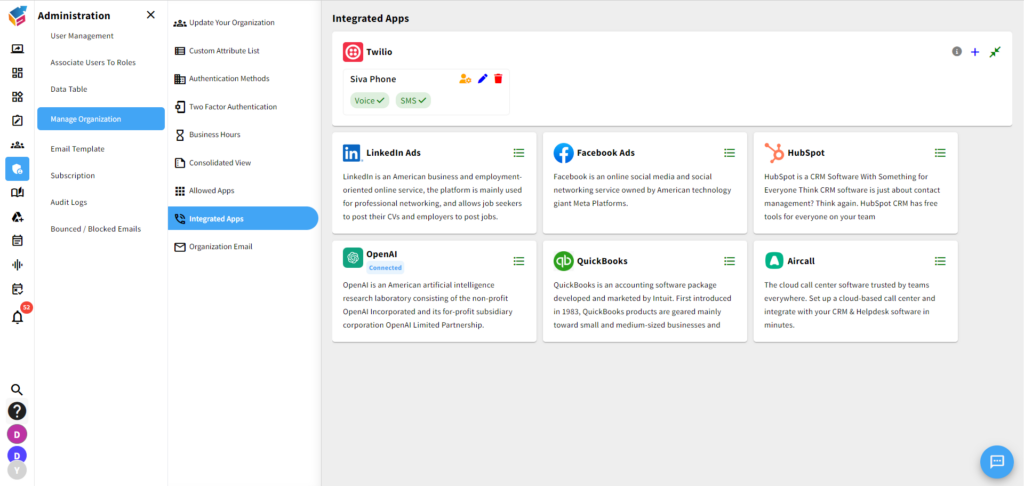Table of Contents
As a business owner or project manager, you know that successful project management is crucial for achieving your goals and growing your business. However, managing a project can be a daunting task, especially if you’re not familiar with the different types of projects, the tips and techniques for managing them, and the templates you can use to make your work easier. Incorporating project management templates, project timeline, project schedule, workflow management, business management, PM tools, project roadmap, and project tracking software into your approach can significantly enhance your project management capabilities.
That’s why we’ve put together this comprehensive guide to help you manage your business projects like a pro.
Types of Projects
The first step in managing a project is understanding its type. Projects can be broadly classified into three categories:
- Strategic Projects: These projects are aimed at achieving long-term goals of the business, such as improving market share, increasing revenue, or expanding into new markets.
- Operational Projects: These projects are focused on improving the day-to-day operations of the business, such as streamlining processes, reducing costs, or improving quality.
- Compliance Projects: These projects are required to ensure that the business complies with legal or regulatory requirements, such as safety standards, environmental regulations, or financial reporting.
Tips for Managing Business Projects
Once you’ve identified the type of project you’re working on, it’s time to start managing it. Here are some tips to help you manage your business projects successfully:
- Define Your Goals: Before you start any project, define your goals and what you want to achieve. This will help you stay focused on what’s important and avoid wasting time and resources on irrelevant activities.
- Create a Project Plan: A project plan is a roadmap that outlines the activities, timelines, and resources required to complete the project. Creating a plan will help you stay organized and ensure that you’re on track to meet your goals.
- Assign Roles and Responsibilities: Clearly define the roles and responsibilities of each team member to avoid confusion and ensure that everyone knows what they’re responsible for.

- Monitor Progress: Regularly monitor the progress of your project to identify any issues or delays and take corrective action as necessary.
- Communicate Effectively: Communication is key to successful project management. Ensure that all stakeholders are informed about the project’s progress and provide regular updates on any changes or developments.
Templates for Business Projects
Using templates can save you time and ensure that you’re following best practices for business project management. Here are some templates you can use for your business projects:
- Project Planner: A project planner is a document that outlines the project’s objectives, scope, stakeholders, and timeline. It’s the foundation of your project and ensures that everyone is aligned on what you’re trying to achieve.
- Gantt Chart: A Gantt chart is a visual representation of your project plan, showing the timeline of tasks and dependencies. It’s an excellent tool for identifying potential bottlenecks and keeping everyone on the same page.

- Risk Management Plan: A risk management plan is a document that identifies potential risks to the project and outlines strategies for mitigating them. It’s essential for ensuring that your project stays on track and avoiding any surprises.
- Status Report: A status report is a regular update on the project’s progress, including the status of tasks, issues, and risks. It’s an effective way to keep stakeholders informed and ensure that everyone is on the same page.
Managing business projects with Yoroproject
Yoroproject is a powerful project management tool that can help you manage your business projects more efficiently. Here are some ways in which you can use Yoroproject to manage your projects:
- Create a Project Board: Yoroproject allows you to create a project board that can be customized to fit your project’s needs. You can use the board to manage tasks, deadlines, and team members.

- Set Up Automated Workflows: With Yoroproject, you can set up automated workflows to streamline your project management processes. For example, you can automatically assign tasks to team members based on their availability, or you can send reminders when tasks are overdue.
- Collaborate with Team Members: Yoroproject makes it easy to collaborate with team members by allowing you to assign tasks, comment on tasks, and share files. You can also use the @mention feature to notify team members of updates or changes.
- Monitor Progress: Yoroproject provides a range of tools to help you monitor your project’s progress. You can use the dashboard to get an overview of your project’s status, or you can use the timeline view to track deadlines and milestones.
- Integrate with Other Tools: Yoroproject integrates with a range of other tools, such as Google Drive, Slack, and Trello. This allows you to streamline your workflow and keep all your project information in one place.

- Use Templates: Yoroproject provides a range of templates for different types of projects, such as marketing campaigns, product launches, and event planning. These templates can save you time and ensure that you’re following best practices for project management.
Yoroproject is a powerful project management tool that can help you manage your business projects more efficiently. By creating a project board, setting up workflow automation, collaborating with team members, monitoring progress, integrating with other tools, and using templates, you can ensure that your projects are successful.
Conclusion
Managing business projects can be challenging, but by understanding the different types of projects, following best practices for project management, and using templates to guide your work, you can ensure that your projects are successful. Remember to define your goals, create a project plan, assign roles and responsibilities, monitor progress, and communicate effectively to keep your project on track. With these tips and templates, you’ll be well on your way to managing your business projects like a pro.




